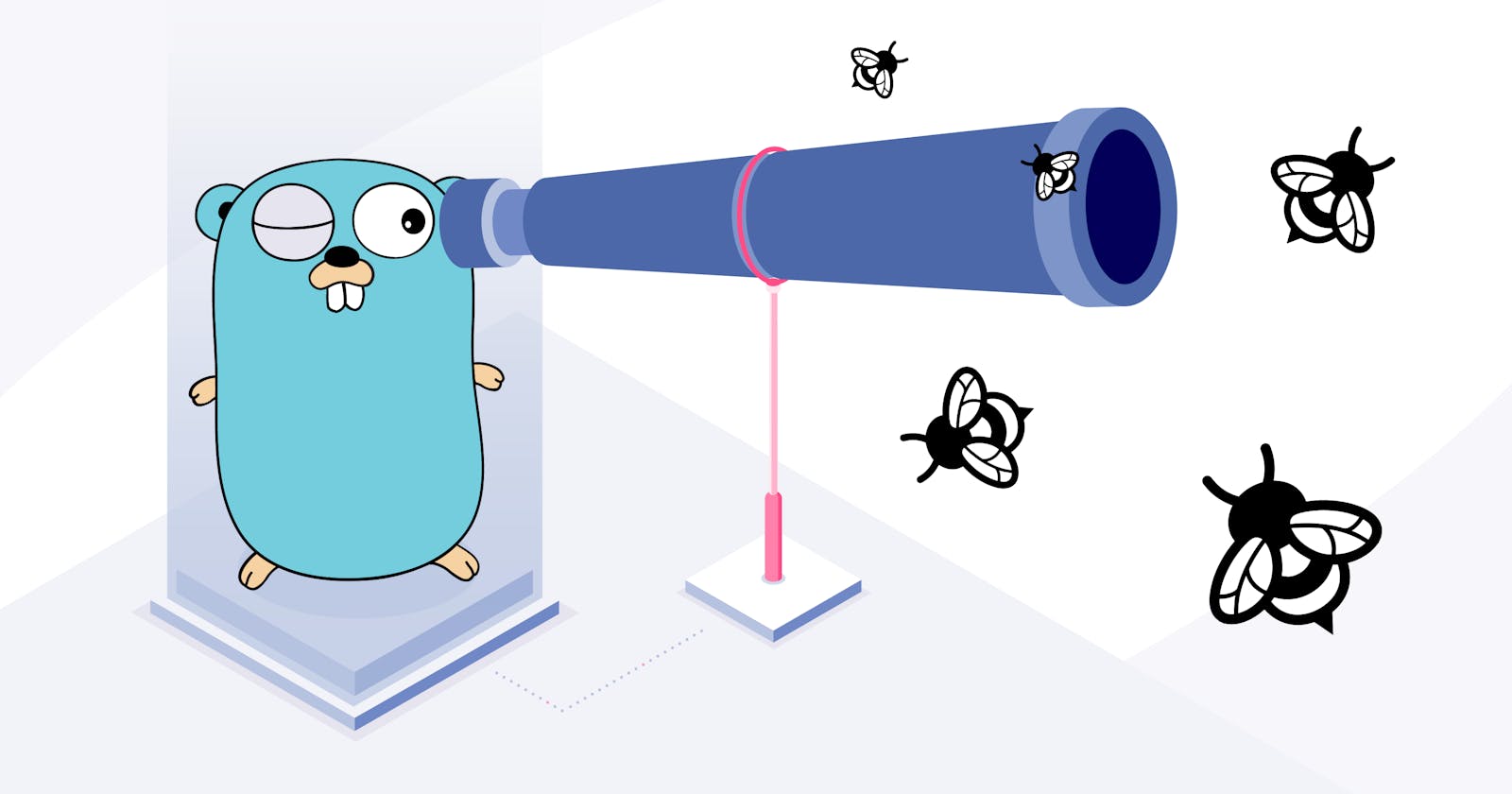1.Introduction
Go is a powerful programming language known for its simplicity, efficiency, and robustness. Among its extensive standard library, Go provides a templating package that allows developers to generate dynamic content seamlessly. Go templates offer an elegant way to separate the presentation layer from the business logic, making code more maintainable and scalable. In this article, we will explore the basics of Go templates and demonstrate how they can be utilized in a practical example.
Go templates are a form of text-templating language that employs a simple syntax to define placeholders and control structures. These templates are used to generate textual output based on input data, making them highly suitable for building web pages, emails, and other text-based content.
Go templates have two main types of elements:
Actions: Enclosed within double curly braces {{}}, actions allow you to embed logic and placeholders into the template. Common actions include variables, control structures (if-else, range loops), and function calls.
Variables: Denoted by a dollar sign and curly braces, such as {{$variable}}, variables are replaced with the corresponding value when the template is executed.
2.Go Templates example
Let's walk through a simple example to illustrate how Go templates work. Consider a scenario where we want to generate personalized email greetings for a list of users.
Step 1: Define the Template We start by creating the template that includes a control structure to loop through the list of users and greet each one individually:
package main
import (
"html/template"
"os"
)
const emailTemplate = `
Dear {{$user.FirstName}},
We hope this email finds you well. Just wanted to drop a message to say hello!
Best regards,
Your Team
`
type User struct {
FirstName string
}
func main() {
// Sample user data
users := []User{
{"Alice"},
{"Bob"},
{"Charlie"},
}
// Create a new template and parse the email template
tmpl, err := template.New("emailTemplate").Parse(emailTemplate)
if err != nil {
panic(err)
}
// Step 2: Execute the Template for Each User
for _, user := range users {
err := tmpl.Execute(os.Stdout, user)
if err != nil {
panic(err)
}
}
}
Step 2: Execute the Template for Each User In the code above, we have defined a simple email template that greets the user by their first name. The User struct holds the necessary data, and we have a list of sample users. For each user, we execute the template and pass the user data as the context. The template will replace {{$user.FirstName}} with the actual first name of each user.
Step 3: Output When we run the program, we'll see the following output:
Dear Alice,
We hope this email finds you well. Just wanted to drop a message to say hello!
Best regards,
Your Team
Dear Bob,
We hope this email finds you well. Just wanted to drop a message to say hello!
Best regards,
Your Team
Dear Charlie,
We hope this email finds you well. Just wanted to drop a message to say hello!
Best regards,
Your Team
Another example using Go Templates:
Imagine we are building an e-commerce website that sells various products. We want to display a list of products with the ability to filter and sort them based on different criteria such as category, price range, and popularity.
Step 1: Define the Template We start by creating the main template for our product list page. We'll also create partial templates for product rows and filtering options:
package main
import (
"html/template"
"net/http"
)
var productListTemplate = `
<!DOCTYPE html>
<html>
<head>
<title>Product List</title>
</head>
<body>
<h1>Product List</h1>
<!-- Filter Section -->
<h2>Filter</h2>
<form action="/" method="get">
Category:
<select name="category">
<option value="">All</option>
{{range $category, $products := .Categories}}
<option value="{{$category}}">{{$category}}</option>
{{end}}
</select>
Price Range:
<input type="text" name="minPrice" placeholder="Min" value="{{.MinPrice}}">
<input type="text" name="maxPrice" placeholder="Max" value="{{.MaxPrice}}">
<input type="submit" value="Apply">
</form>
<!-- Product List -->
<h2>Products</h2>
<table>
<tr>
<th>Name</th>
<th>Category</th>
<th>Price</th>
<th>Popularity</th>
</tr>
{{range .Products}}
{{template "productRow" .}}
{{end}}
</table>
</body>
</html>
`
var productRowTemplate = `
<tr>
<td>{{.Name}}</td>
<td>{{.Category}}</td>
<td>{{.Price}}</td>
<td>{{.Popularity}}</td>
</tr>
`
func main() {
http.HandleFunc("/", productListHandler)
http.ListenAndServe(":8080", nil)
}
Step 2: Implement the Handlers Next, let's define the handlers to render the product list page and process the filtering requests:
type Product struct {
Name string
Category string
Price float64
Popularity int
}
type FilterOptions struct {
Categories map[string][]Product
MinPrice float64
MaxPrice float64
}
func productListHandler(w http.ResponseWriter, r *http.Request) {
// Sample product data
products := []Product{
{"Laptop", "Electronics", 1200.00, 8},
{"T-Shirt", "Fashion", 25.99, 6},
{"Headphones", "Electronics", 80.00, 9},
{"Sneakers", "Fashion", 99.99, 7},
{"Book", "Books", 15.50, 5},
}
// Prepare the filter options data
filterOptions := FilterOptions{
Categories: map[string][]Product{},
MinPrice: 0.00,
MaxPrice: 1500.00,
}
// Group products by category for filtering options
for _, product := range products {
filterOptions.Categories[product.Category] = append(filterOptions.Categories[product.Category], product)
}
// Execute the main template
tmpl := template.Must(template.New("productList").Parse(productListTemplate))
tmpl = template.Must(tmpl.New("productRow").Parse(productRowTemplate))
tmpl.Execute(w, struct {
Products []Product
FilterOptions
}{
Products: products,
FilterOptions: filterOptions,
})
}
Step 3: Run the Web Application Run the web application and navigate to localhost:8080 in your web browser. You'll see a product list with filtering options for categories and price range. The product list will be populated with the sample product data.
3.Conclusion
Go templates allowed us to separate the HTML presentation from the application logic, resulting in more maintainable and scalable code. With a good understanding of Go templates, you can create sophisticated web applications that provide dynamic and personalized user experiences.
If you're interested in delving deeper into Go templates and expanding your knowledge, there are several resources you can explore. Here are some recommended references to learn more about Go templates:
Go Documentation: The official Go documentation provides an excellent starting point to understand Go templates. The "text/template" and "html/template" packages are well-documented with examples and explanations. You can find the documentation at: golang.org/pkg/text/template and golang.org/pkg/html/template
Go By Example - Templates: Go By Example is a website that provides practical, hands-on examples of Go programming. Their section on templates offers a clear and concise demonstration of using Go templates in different scenarios. Visit: gobyexample.com/templates

